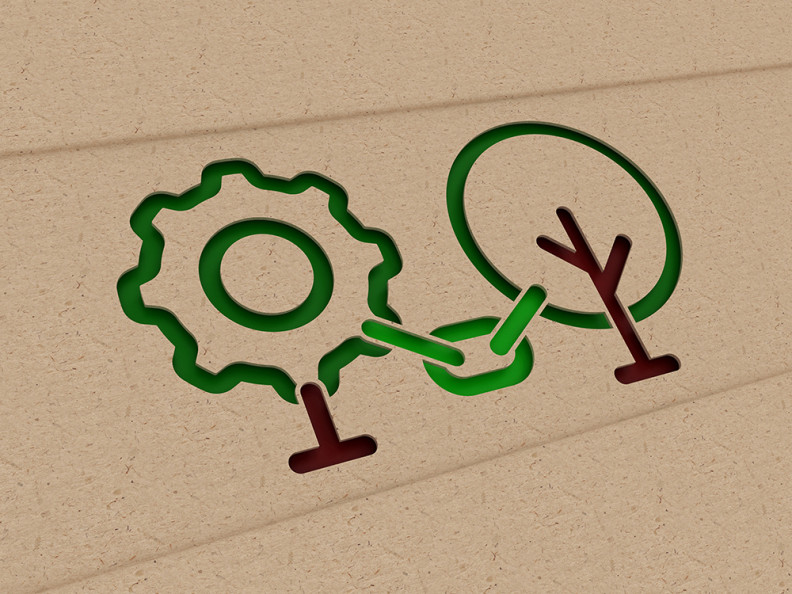Claire Wilson
The next generation of consumers will expect transparency in their textile purchases and the global industry will get there, eventually.
Increased use of QR codes on garments will drive some of the changes as fashion brands get on board with tracing and sharing information on fiber content, country of origin, and recycling instructions.
However, the industry isn’t quite there yet. According to a recent report by #WhoMadeMyCotton, issued by Cotton Diaries, founded by Marzia Lanfranchi, in collaboration with Simply Suzette founder Ani Wells and denim design consultant Anne Oudard, the size of the textile industry is the biggest stumbling block toward transparency. It can’t help but be fragmented, and that fragmentation is standing in the way, the study reports.
For cotton, the lack of a standard tracking system from country to country is the first roadblock. Farms vary in size, from just a few hundred up to tens of thousands of acres. Any bale of cotton can contain product from multiple sources. In any country, let alone one like China which harvested 5.98 million metric tons of cotton last year as one of the world’s biggest producers, the yield is unwieldy to measure accurately. Getting China to march in step with India and the U.S., coming in at 5.33 million metric tons and 3.8 million metric tons respectively, would be no mean feat.
As one of the study’s interviewees put it, “when everyone works with their own systems, the systems don’t work together.”
The lack of transparency is a boon for producers who’ve gotten away with trying to hide behind it. India’s 2020 organic cotton fraud is one example, as are China’s continued violations of the Uyghur Forced Labor Prevention Act (UFLPA), according to the report. Increased transparency would put a stop to infractions like these.
The WhoMadeMyCotton study called for the harmonizing of tracing technologies, saying it is a critical next step but warns it will take years. A key factor might be networks of smaller systems with organizations like Cotton-Connect, Better Cotton and Cotton Made in Africa (CMiA), Seed2Shirt, or any federation of organic cotton producers that launch standards for accurate tracking, often using blockchains to ensure the integrity of the information.
Demand for certifiable organic cotton right now far outstrips production. It’s only about 1 percent of global yield, but it will grow, as more in the industry turn to digitization to provide data and accountability to improve the industry as a whole.
Companies like Ecom, which bills itself as a soft commodity services group serving the coffee, cotton and cocoa industries, have implemented a traceability system based on blockchain technology for its cotton supply chain. It in turn developed a system in collaboration with the Swiss company Product DNA called the Respect Code, with the purpose of tracing the journey of each cotton bale. Clients can now access all relevant documents related to their cotton purchases.
Other tracing initiatives underway include Swiss company Haelixa, which developed a DNA market to trace Egyptian cotton used in premium shirts as part of the UNECE initiative called the Sustainability Pledge. Supima has partnered with TextileGenesis to create a blockchain platform for authenticating American-grown Pima cotton that connects the entire supply chain and uses Fibercoin technology to create digital tokens for each kilogram of Supima product. The Sourcery connects brands, manufacturers and growers committed to advancing commercial and environmental excellence.
Digital tracking methods are the wave of the future, although the cotton industry must counter slow-to-change established practices. Cotton merchants are the one layer that hasn’t changed, according to the report. These dealers, little known by denim professionals, are the businesses that buy cotton around the globe, primarily from ginners but also from farmers, and sell it to spinners. They manage the financial risk associated with buying and selling at different prices and different times, sometimes hedging in the process. They are essentially supply chain managers.
Despite their critical importance, denim professionals surveyed for the report don’t know who they are. Some 44.8 percent surveyed said they only know the cotton traders “sometimes,” 37.9 percent said they “never” knew who they were, and 17.2 percent said they “always” knew who they were.
Those relationships are destined to change. Merchants interviewed for the survey had all been contacted by brands looking at ways to set up traceable cotton sourcing methods. This opens the door for brands and cotton traders to build partnerships to pursue sustainability goals.


